|
The
old village of Melidoni is situated in the district of Mylopotamos east of
Rethymno. It was mentioned in the archives as early as in 1379 as Iacovo
de Medio's entailed estate, and during the whole Venetian period it was
the largest village in the Mylopotamos district. Nowadays it is definitely
worth a visit because of its numerous old houses and the relaxed
atmosphere.
|
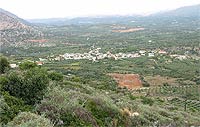
|
|
|
|
|
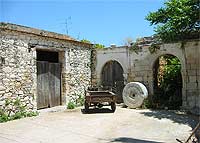
|
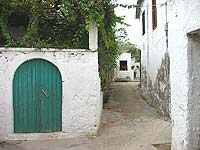
|
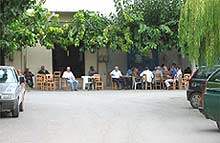
|
|
|
|
|
|
Most
people know the village because of the Gerontospilios cave - the Tallaeum
Antrum of Antiquity.
|
|
During
the struggles against the Turks in 1823, more than 400 Cretans - especially
old people, women and children - used the cave as a hideout, while the Turks
stayed in winter camp in the area. Not until six months later - in January
1824 - did the Turks discover the hiding place.
|
|
Hussein
Bey's soldier tried to tempt the Christians out of the cave, and when they
did not succeed, they tried to capture the cave, but were beaten off. A
last attempt was made, when Hussein sent a Christian woman in to the
besieged with the message that they would not be harmed, if they gave up
their struggle. The woman was killed and her dead body thrown out of the
cave. After this the Turks blocked the entrance with big stones and earth,
but when they saw the next day that the trapped people had made a little
hole in order to get light and air, they lit a big fire in the entrance,
and the Christians in the cave suffocated in the smoke.
|
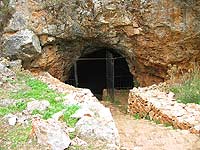
|
|
|
|
|
A
short time after the massacre, six Greeks from the village went up to the
cave to verify the terrible event with their own eyes. Three of them kept
watch outside the cave, while the other three went inside. Among the last
mentioned was a man by the name of Manolios Kermezakis, who was still alive
when Robert Pashley visited the place in 1834. Kermezakis and 12 others from
the village followed Pashley to the cave, which was still full of skeletons.
|
| The
cave is impressively (44 x 55 x 10-25 m) and a long row of steps -
slippery at times - lead down to the bottom of the cave, where a
sarcophagus has been built in memory of the numerous Cretan victims.
|

|
| The
cave actually consists of several chambers, passages
and side-caves and is moreover very rich in stalagmites and stalactites.
|
|
|
|
|
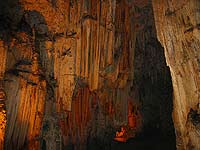 |
|






